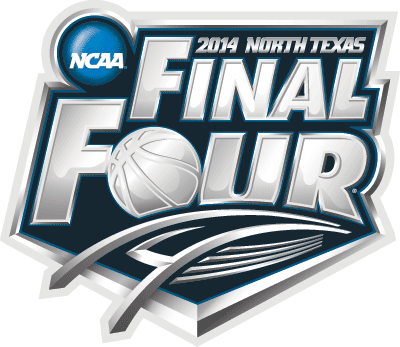So What If Turner Broadcasts the Final Four? 68 Beats 96 Any Day…
Posted by Chris Johnson on May 8th, 2013Chris Johnson is an RTC Columnist. He can be reached @ChrisDJohnsonn.
Whenever someone brings up the possibility of a 96-team NCAA Tournament, reaction is unanimously predictable. Folks cringe, unnerved at the idea of seeing the regular season devalued at the expense of more Tournament games involving fewer quality teams. Bubble discussion would cease to be anything remotely close to riveting; when losing conference records and +100 RPI figures (and even uglier tempo-free profiles) are perfectly qualified for at-large admission, the enterprise breaks down. Opening-round byes for top seeds would feel inauthentic. Nobody wants a 96–team NCAA field. Maybe the NCAA, for strictly monetary purposes, but that’s it. The consensus is uncompromising. We bended our backs for 68, but the line of resistance is taut anywhere beyond that.
If it weren’t for Turner Broadcasting System, the famous sports and drama-bearing cable network otherwise known as TBS or “Turner,” we might just be talking about 96 in harrowing certainty rather than lamenting the distant possibility of a hugely expanded field. That’s the way Sporting News’ Mike DeCourcy sees it — that Turner, in co-bankrolling a deal with CBS in spring 2010 to keep the NCAA Tournament set at 68 teams, essentially “saved all of college basketball.”
The truth is that 68 saved everyone from 96. The truth is that 96 would have been the worst thing ever to happen to college basketball, robbing teams of incentive to excel in the regular season and fans from investing any emotion or interest in how it developed. And the truth is Turner’s cable wealth—it receives income from both subscription fees and advertising, whereas network channels receive only the latter—is the reason the NCAA was able to hold the line at a 68-team field.
In one of the few instances where television contracts actually didn’t ruin something totally awesome about college sports, Turner deserves a hearty round of applause each and every year we watch Greg Gumbel on Selection Sunday list off 68 teams and then stop dead in his tracks. No more, no less. That’s the number the NCAA, Turner and CBS has settled on and – whatever your feelings on the “play-in” games – I kind of like things the way they are. This setup works. The number creates enough competitive balance to evoke truly compelling bubble cut-line angst, while remaining inclusive enough to allow any and all measurably deserving teams to play their way in. Win a few non-conference games, play .500 ball in your power league (smaller leagues have less margin for error), don’t lose to Old Dominion and Delaware in the non-conference (ah, Virginia), and you’re ticket to bracketland is as good as punched. It really is that simple. Could you imagine how much simpler it could have been with a 96-team threshold? I know what the depths of a 96-team bracket looks like. It’s called the CBI, which is a euphemistic way of saying, 96 teams is a dark and scary place.










































